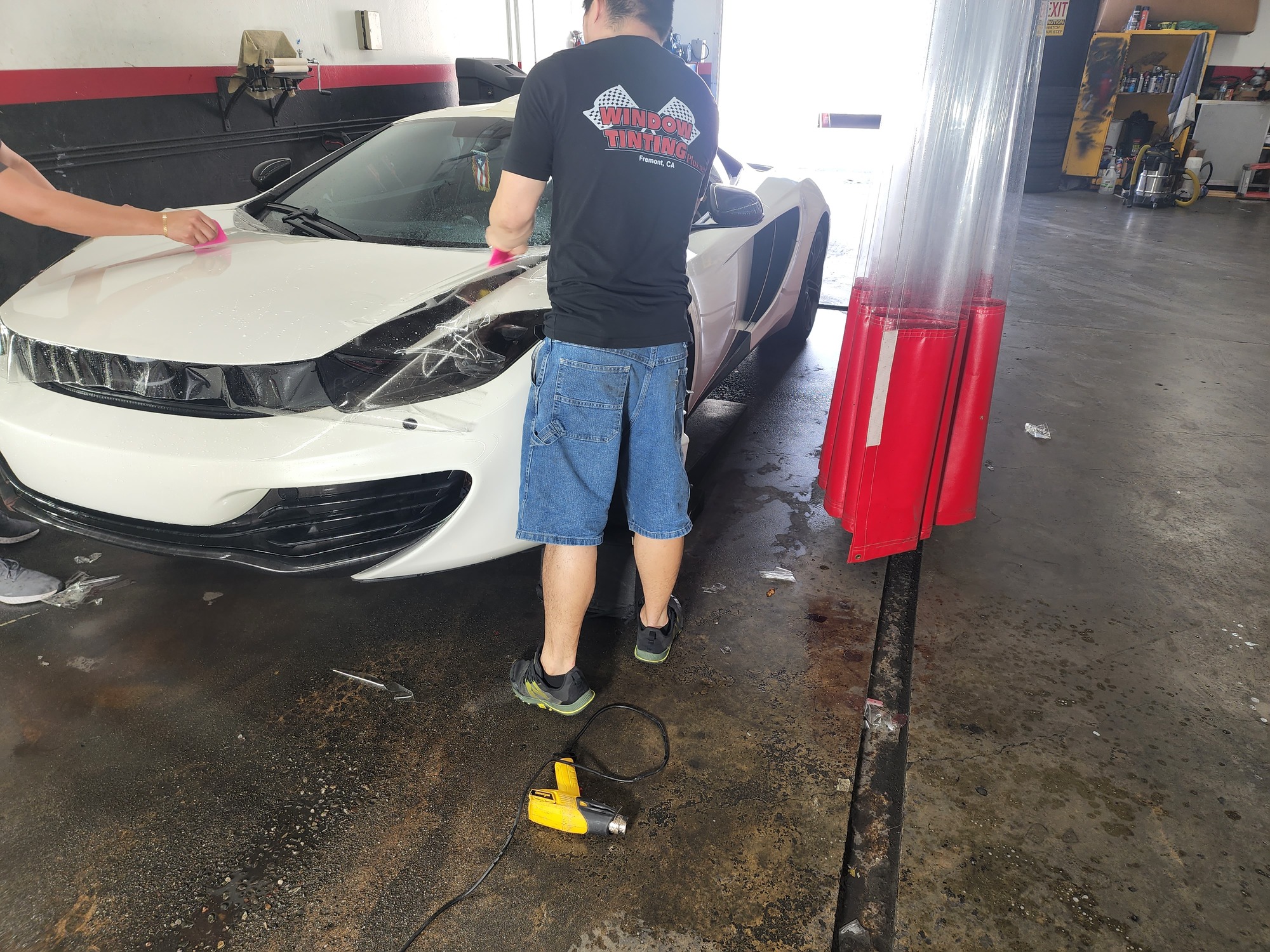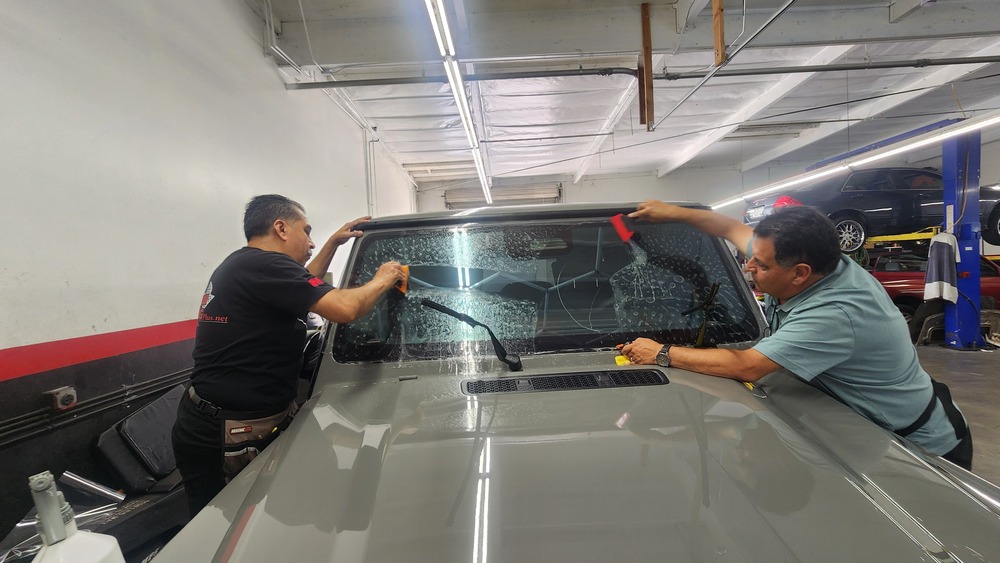Window Tinting: Luxury or Necessity in California’s Sun?
.png)
A Question of Perception
For years, window tinting has been seen as an aesthetic indulgence — a sleek, almost cinematic way to make any car look more sophisticated. In showrooms and social media feeds, dark glass often signals luxury, exclusivity, and style.
But in the Bay Area, where the sun reflects off freeways and urban heat islands intensify, tinting serves a purpose far more practical than visual appeal. It’s not just about looks; it’s about endurance — for both drivers and their vehicles.
The Science Behind the Shade
Modern tinting technology goes well beyond cosmetic enhancement. High-performance films — such as ceramic or carbon-based coatings — block up to 99% of UV rays and reject over 80% of infrared heat.
In simple terms, that means:
- Cooler cabins in traffic and during long commutes.
- Protection against interior fading caused by sun exposure.
- Lower energy use, since air conditioning works less to maintain comfort.
For California’s climate, where year-round sun meets high energy costs, this translates directly into savings — financial, environmental, and mechanical.
Health and Safety — The Overlooked Factors
Beyond comfort, the human cost of exposure matters. UV radiation can penetrate standard auto glass, contributing to skin damage and long-term health risks. Dermatologists now recognize car windows as one of the most common, yet underestimated, sources of UV exposure during daily life.
Tinting also reduces glare — a leading cause of eye strain and on-road distraction. For commuters navigating Silicon Valley’s reflective glass buildings and coastal light, clarity becomes a safety feature, not a luxury.
Regulation and Reason
California law allows tinting within measured limits, balancing safety and protection. Front side windows, for instance, must permit at least 70% of visible light, while rear windows can go darker.
These limits aren’t arbitrary; they recognize tinting’s dual identity — aesthetic and functional. It’s a technology that enhances the driving experience while respecting public safety.
A Smart Investment, Not a Status Symbol
Replacing or upgrading a car’s tint often costs less than most routine maintenance jobs — yet its benefits last for years. Quality films are scratch-resistant, non-metallic, and built to withstand California’s coastal humidity and inland heat.
In an economy where vehicle longevity is increasingly tied to sustainability, tinting emerges as a responsible choice rather than a decorative one.
Conclusion — Shade as Strategy
Window tinting may have started as a luxury, but in the Bay Area, it has evolved into a necessity. Between rising temperatures, growing UV awareness, and the pursuit of energy efficiency, tinting is less about vanity and more about vision — both literal and strategic.
In a state that drives innovation, even a thin film of protection reflects a smarter, safer, and more sustainable way to move.
Suggested Internal Links (SEO Boost):
- 5 Signs It’s Time to Replace Your Old Tint
- Ceramic Coating vs. Paint Protection Film — What’s Best for Your Car?
- Learn More About SunTek and Solar Gard Window Films
.svg)


.png)

.svg)
